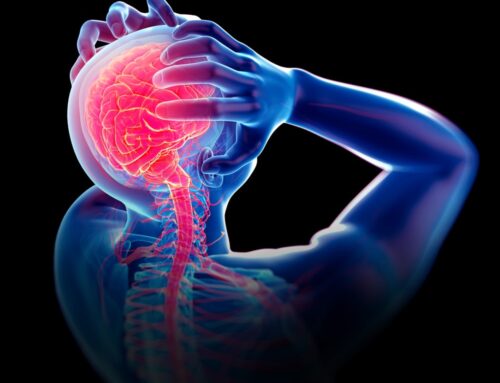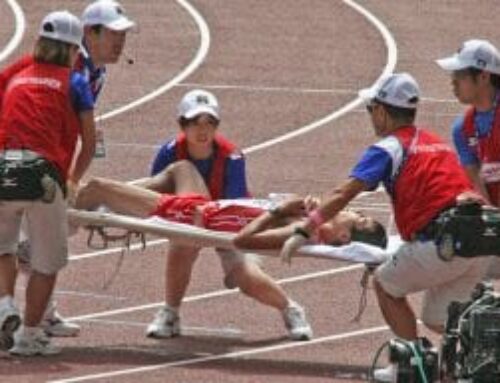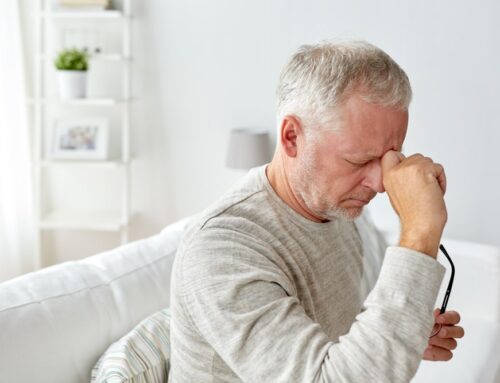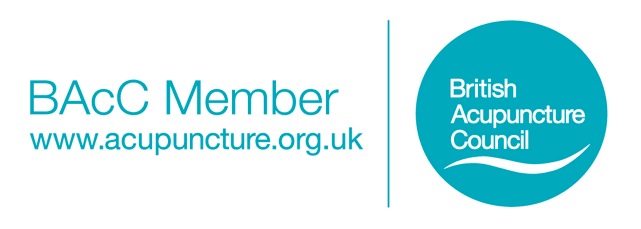Acupuncture as an adjunct therapy for Post-Traumatic Stress Disorder (PTSD) systematic review & further research strategy.
For my dissertation I chose the subject of Acupuncture and PTSD. For reasons various I have been interested in the subject of PTSD for a number of years and I wanted to establish if Traditional Chinese Medicine had any roll to play in this disease.
I have attached a PDF of my dissertation to this post (at the bottom) and hope that you find it of some use. This is from 2010 and I am aware that the Veterans Association of the United States was conducting at least two pieces of research in this area at the time of writing.
Overall my research suggest that there is some benefit to using acupuncture in combination with usual care, however this link needs much more research. However the fact that the US Military regularly use acupuncture in the battlefield and as a therapeutic method in the treatment of returning veterans. I hope that in the fullness of time we will be able to use this, potentially, valuable tool to help all sufferers of PTSD should further research prove its benefit.
Introduction
Post-Traumatic Stress Disorder (PTSD) is a prevalent and disabling anxiety disorder that presents as both a psychological and physical condition that can develop after exposure to very frightening or distressing events where grave physical harm occurred or was threatened (Gersons et al., 2000; NICE, 2006; Bisson and Andrew, 2007; NHS, 2009, p216; Stein et al., 2009; NIMH, 2010).
Reference to PTSD type symptoms can be seen from the diary of Samuel Pepys recording of the Great Fire of London, 2nd September 1666, where he details his dreams of “fire and falling down” which, even after six months, were still causing him dream disturbances and talks of the “sequelae of the disaster for others, including attempted suicide”(Figley, 1985; Turnbull, 1998).
PTSD has also been variously known throughout history as shell shock, combat neurosis, battle fatigue, gross stress reaction, anxiety neurosis, soldier’s heart and railway spine are to name but a few (Van der Kolk et al., 1996, p48, 164; Turnbull, 1998; Stein et al., 2006; PsychiatricDisorders, 2010; Stein et al., 2010,p 569-583). The German neurologist Herman Oppenheim was the first used the term traumatic neurosis in 1889 (Van der Kolk et al., 1996, p48) but it was only recently, in 1980, that PTSD was added to psychiatric nomenclature and a diagnostic criteria became established in the American Psychiatric Associations (APA) Diagnostic and Statistical Manual of Mental Disorders 3rd edition (DSM-III) which was a refinement and continuation of criteria in the World Health Organisation’s (WHO) International Classification of Diseases 9th edition (ICD-9) released in 1977 (WHO, 1977; APA, 1980; Figley, 1985; Van der Kolk et al., 1996, p61; Turnbull, 1998; Stein et al., 2006; Jones and Wessely, 2007; WHO, 2010).
PTSD is a heterogeneous, complex and often comorbid condition which psychologically can present with the following symptoms or combination of symptoms (APA, 2000; Pease et al., 2009; Stein et al., 2010, p583):
- Intrusive, distressing recollections – thoughts, images
- Repeated, distressing dreams
- Through flashbacks, hallucinations or illusions, acts or feels as if the event were
recurring - Marked mental distress in reaction to internal or external cues that symbolize or
resemble the event - Tries to avoid thoughts, feelings or conversations concerned with the event
- Cannot recall an important feature of the event
- Marked loss of interest or participation in activities important to the patient
- Feels detached or isolated from other people
- Restriction in ability to love or feel other strong emotions
- Feels life will be brief or unfulfilled (lack of marriage, job, and children)
- Insomnia (initial or interval)
- Irritability
- Poor concentration
- Hyper-vigilance
- Tries to avoid activities, people or places that recall the event
- Increased startle response
PTSD can produce neurobiological and biological changes such as the release of adrenocorticotropic hormone (ACTH), cortisol and catecholamine which can result in the up-regulation of adrenaline production and the down-regulation of endorphin production, manifesting as rapid heartbeat and elevated respiration blood pressure (Turnbull, 1998; Stein et al., 2010, p569).
Warfare is not the only cause of PTSD, the WHO estimates that a third of all cases in women and one fifth in men are attributable to child sex abuse (WHO, 2009) and it is now accepted that any traumatic event, physical or psychological, can lead to PTSD (APA, 1980; WHO, 2005; Stein et al., 2006; NHS, 2009).
The WHO in the International Statistical Classification of Diseases 10th edition (ICD-10) (2005) under code F43.1 states that PTSD ‘Arises as a delayed or protracted response to a stressful event or situation (of either brief or long duration) of an exceptionally threatening or catastrophic nature, which is likely to cause pervasive distress in almost anyone. Predisposing factors, such as personality traits (e.g. compulsive, asthenic) or previous history of neurotic illness may lower the threshold for the development of the syndrome or aggravate its course, but they are neither necessary nor sufficient to explain its occurrence.’
In 2000 it was estimated by the WHO that PTSD accounts for 0.4% of years lost due to disability (YLD) globally which is equivalent to schizophrenia and in 2001 this was revised to 0.6% (Ayuso-Mateos, 2000) representing the most recent figures available from the WHO.
Click here for the full article






